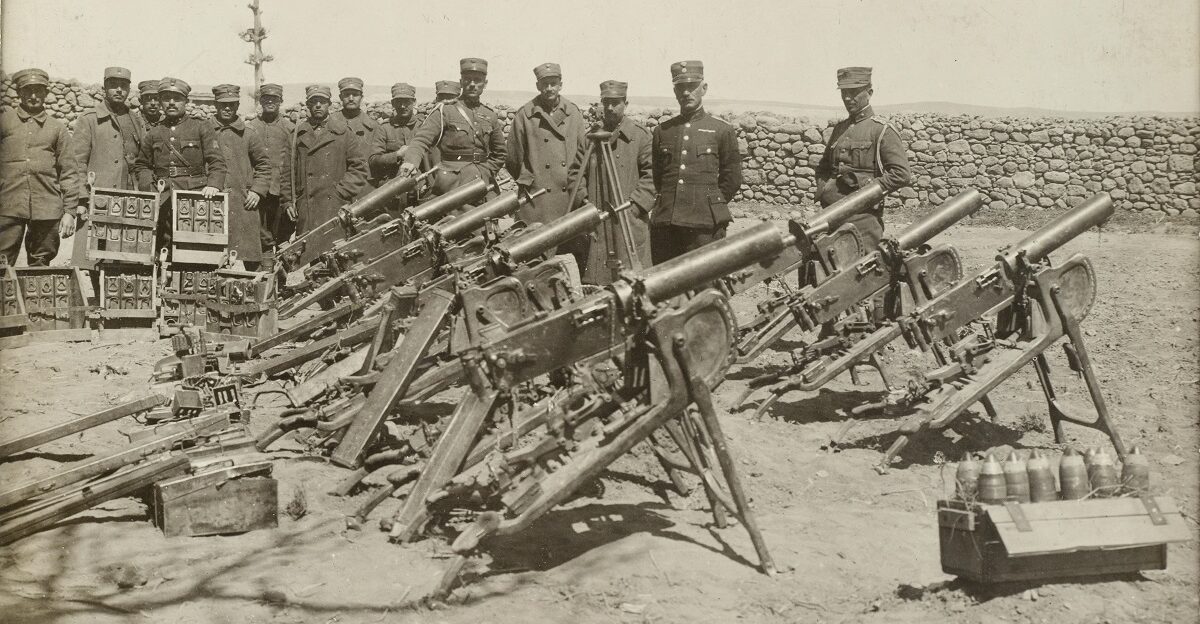
The Benaki Museum and the Centre for Asia Minor Studies are co-organising the large commemorative exhibition ‘ASIA MINOR HELLENISM Heyday ·Catastrophe ·Displacement ·Rebirth’ to mark the centennial anniversary of the Asia Minor Catastrophe.
The exhibition is co-organised by two important institutions that have been studying the legacy of Hellenism in Asia Minor and preserving the refugees’ memories for decades.
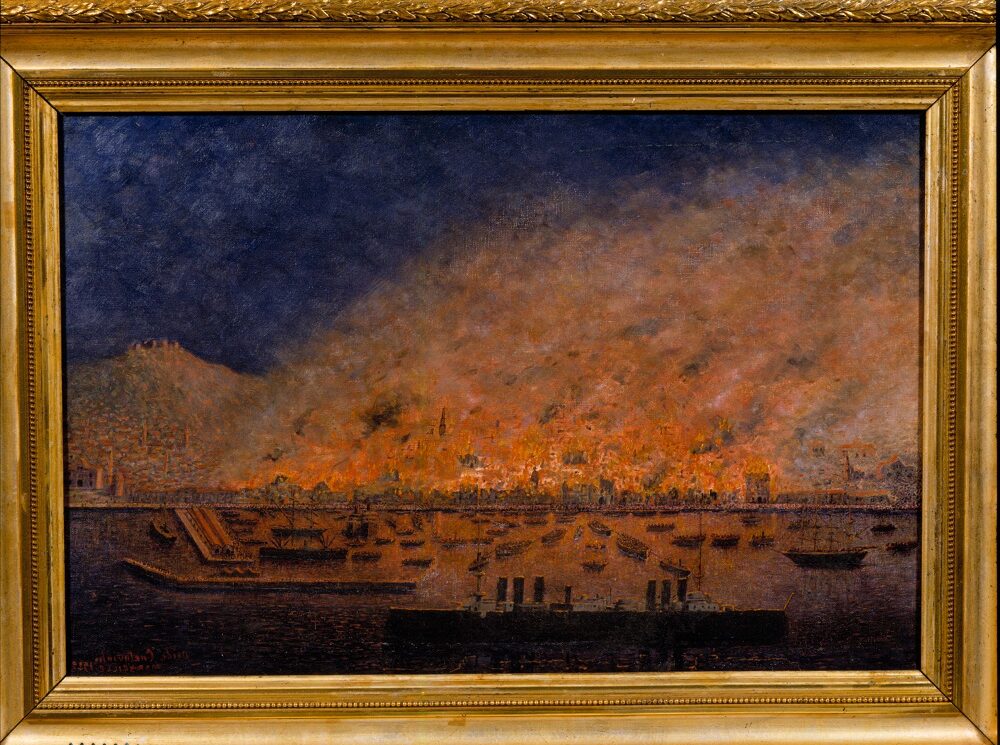
Ovid Kurtovich, Η καταστροφή της Σμύρνης, 1922. Ελαιογραφία.
Μουσείο Μπενάκη 3823
Ovid Kurtovich, The Great Fire of Smyrna, 1922. Oil painting.
Benaki Museum 38238
In addition to the two co-organisers, the exhibition borrows items from more than 40 organisations, museums, and institutions, custodians of Hellenic history and culture in Asia Minor, as well as over 50 individuals, who generously lend treasures from their private collections. This unprecedented number of public and private lenders ensures the quality and variety of content, as well as the uniqueness of the exhibition, the preparation and research of which began in the fall of 2018.

Από τη Μικρασιατική Εκστρατεία, 1922. Ενθύμιο Κιουτάχειας.
Κέντρο Μικρασιατικών Σπουδών
From the Asia Minor campaign, 1922. Souvenir of Kütahya
Centre for Asia Minor Studies
The exhibition ‘ASIA MINOR HELLENISM Heyday · Catastrophe · Displacement · Rebirth’, which will take place thanks to the kind support of sponsors, will be inaugurated in September 2022 at the Benaki Museum / Pireos 138. Both the exhibition and the two accompanying publications are curated by the art historian Evita Arapoglou, in close collaboration with the Director of the Centre for Asia Minor Studies, Professor Paschalis Kitromilidis, member of the Academy of Athens, and the researchers of the Centre, the Academic Director of the Benaki Museum, Dr George Manginis, the curators of the Museum, as well as many collaborating scholars.
Η δομή και το περιεχόμενο της έκθεσης
More than 1,100 exhibits and over 500 photographs will bring to life the heyday of Hellenism before the persecutions, the dramatic period between1919 and 1923 as well as the settlement and integration of the Asia Minor refugees in Greece.
Visitors will embark on their journey to the ‘heyday’ of Asia Minor Hellenism (first section) in Ionia and the west coast, they will proceed to Cappadocia and the southern provinces, will travel to Pontus, then continue towards the West and the environs of Istanbul and they will end up in Eastern Thrace. The heyday will be followed by the period of persecutions, the conclusion of World War I and the ensuing Treaties, the period of the Greek landing in Asia Minor and the ensuing Campaign, the ‘Catastrophe’ of 1922, as well as the ‘Exodus’ of refugees (second section). The third and final section of the exhibition will focus on the settlement and integration of refugees in Greece, as well as their impact on many sectors of Greek society. Part of the epilogue of the exhibition will be dedicated to the creation of the Centre for Asia Minor Studies in 1930 by Melpo and Octave Merlier.
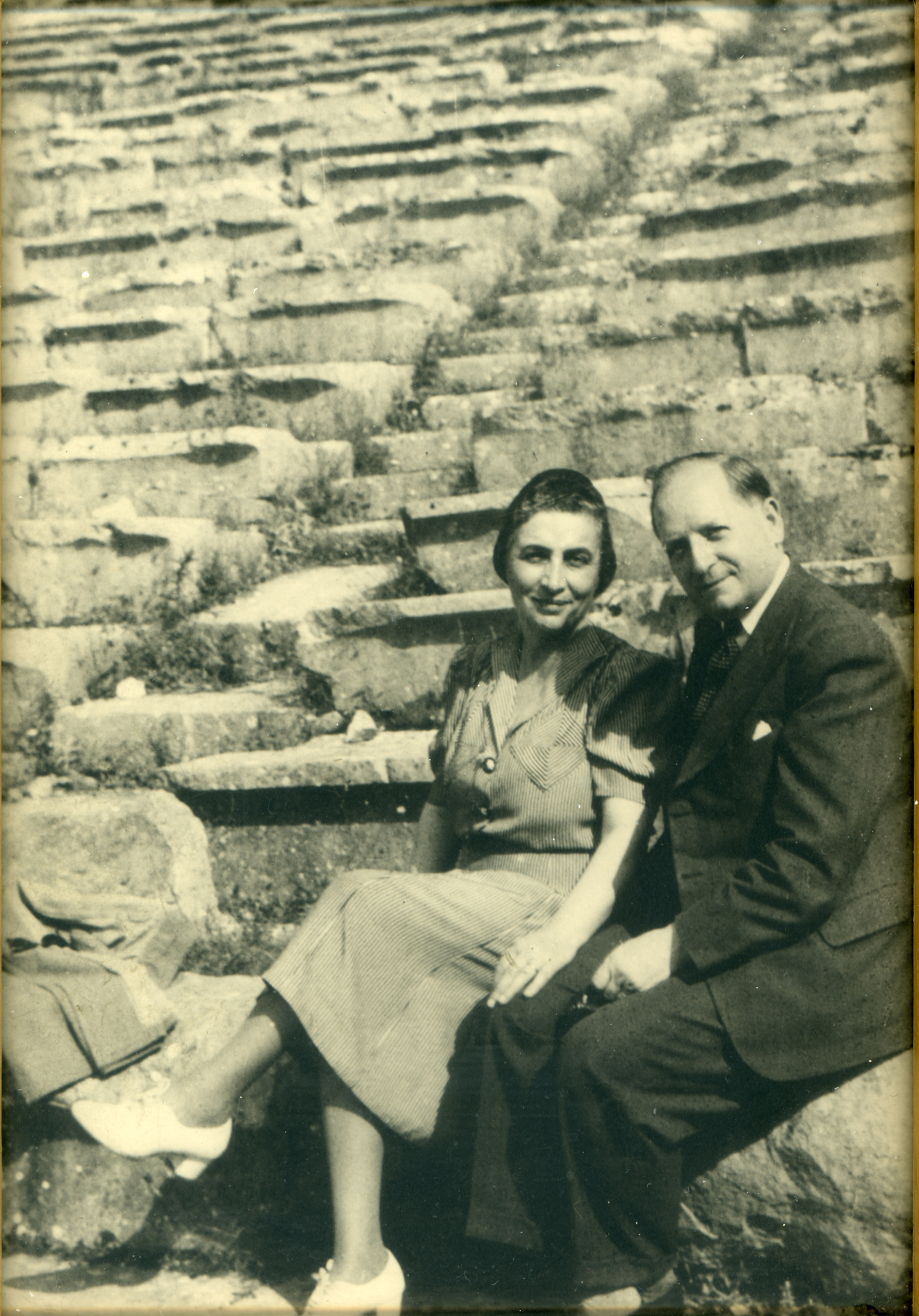
Η Μέλπω και ο Οκτάβιος Μερλιέ στους Δελφούς, 1950. Κέντρο Μικρασιατικών Σπουδών Melpo and Octave Merlier at Delphi, 1950. Centre for Asia Minor Studies
The exhibition will be accompanied by two substantial anniversary volumes, jointly published by the Benaki Museum and the Centre for Asia Minor Studies.

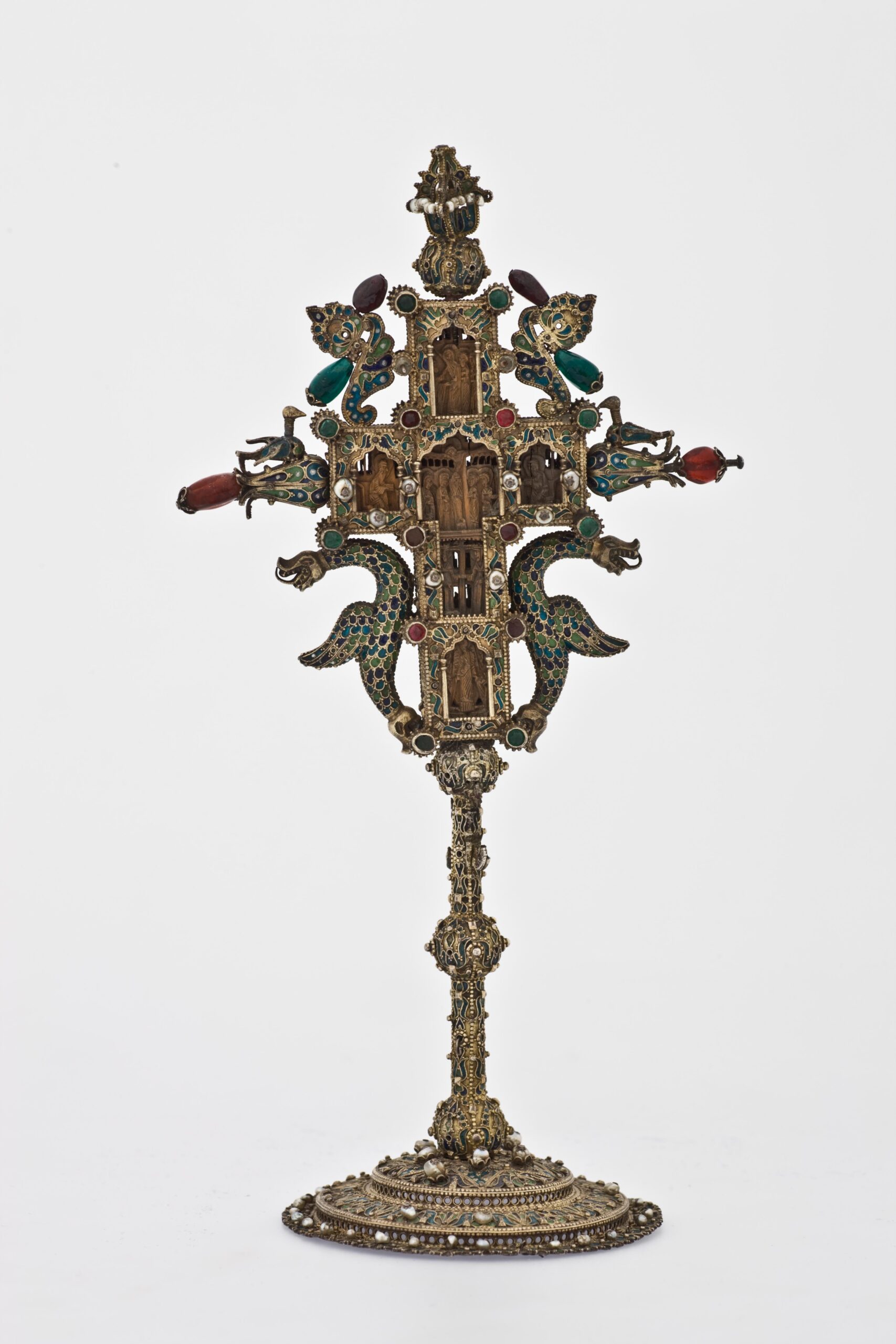
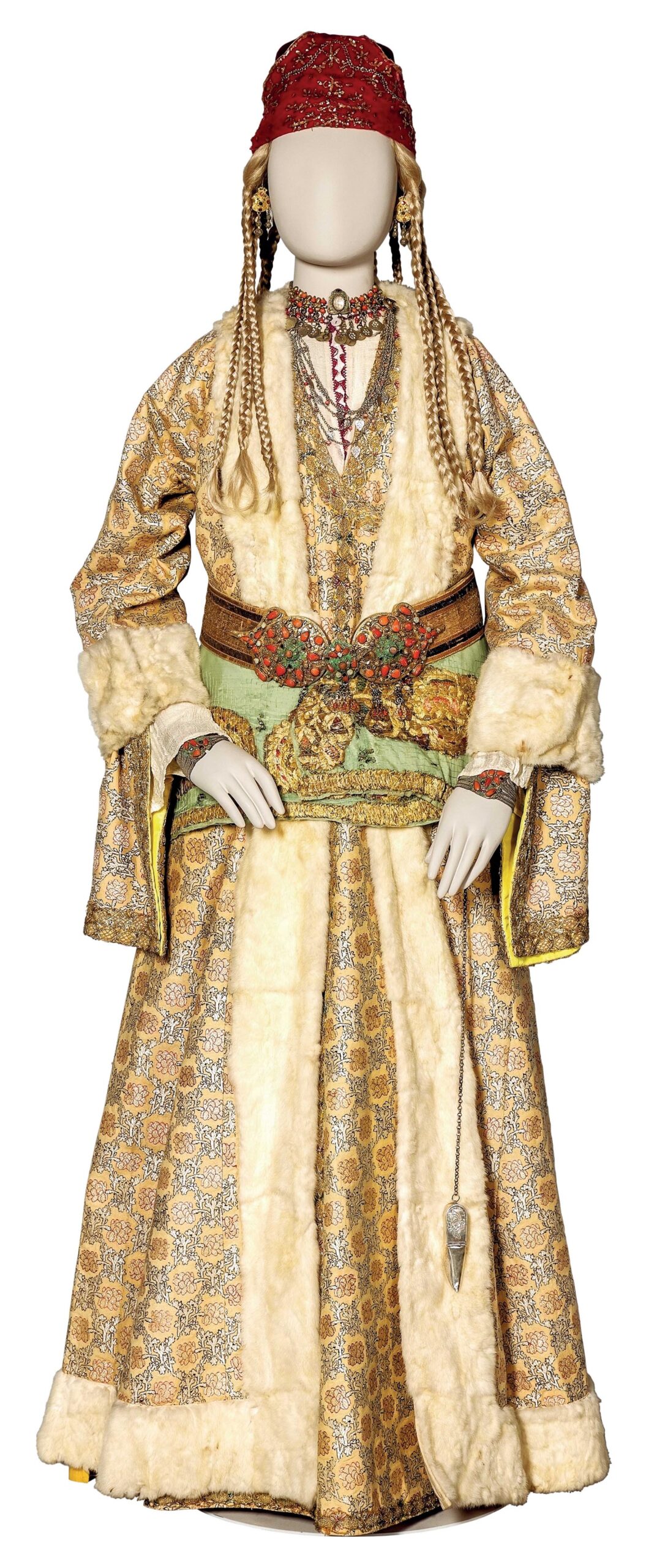

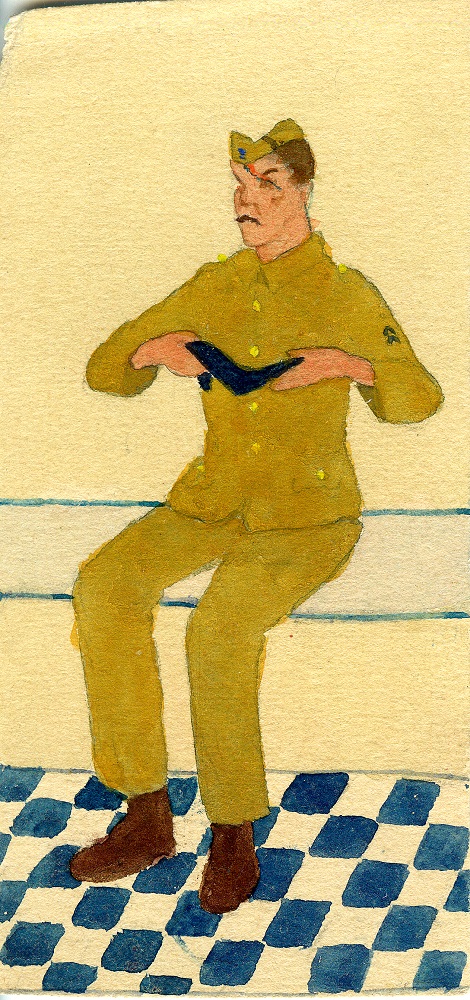
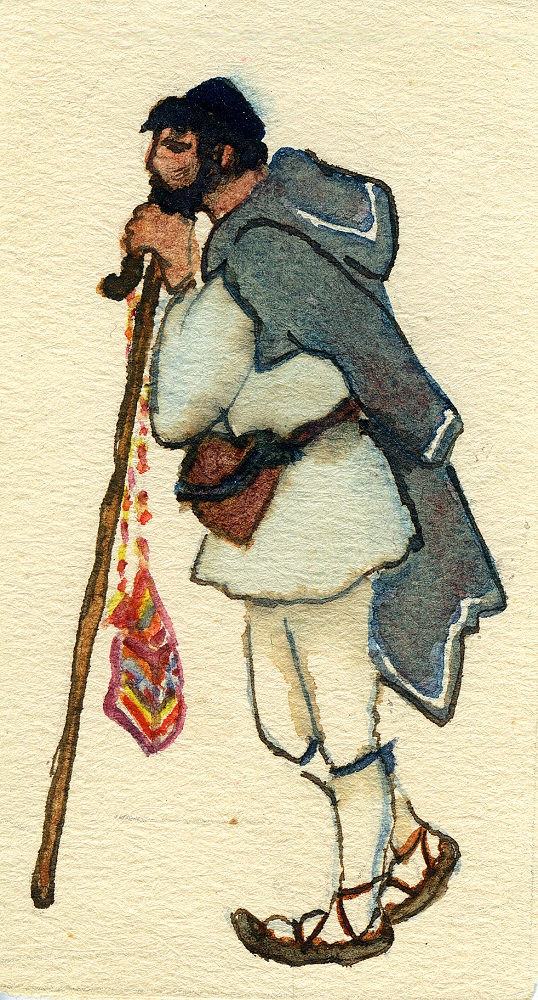
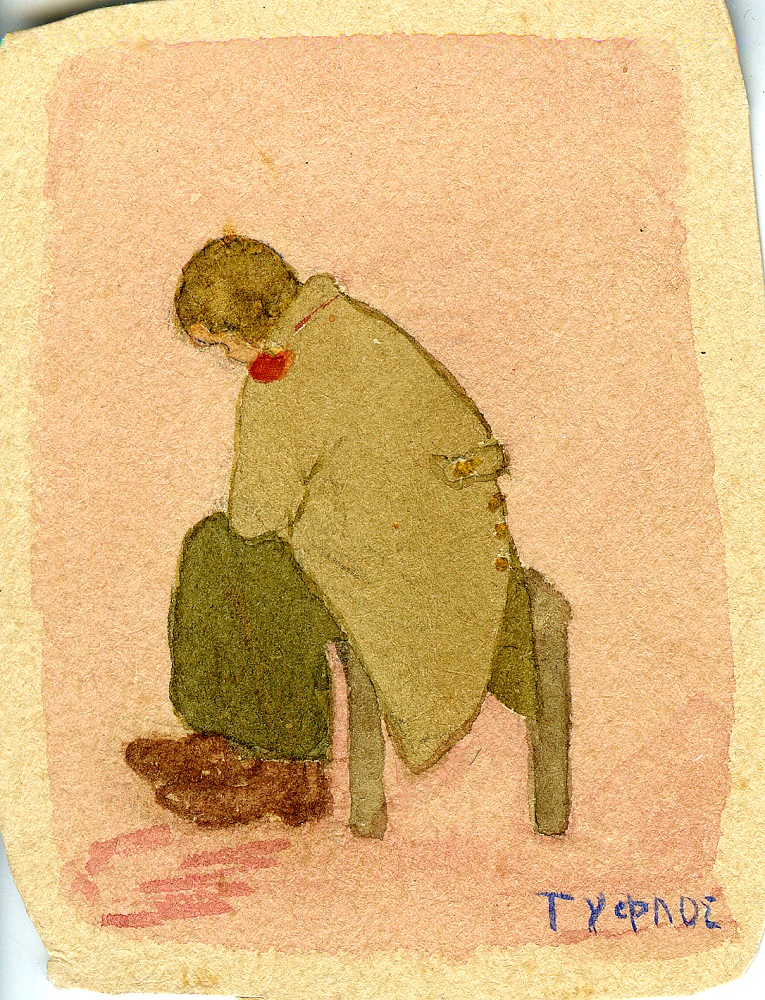
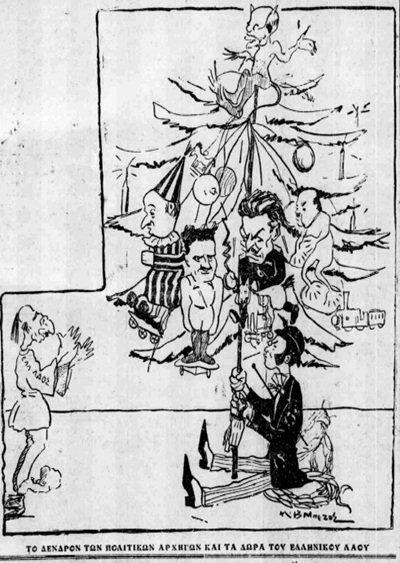
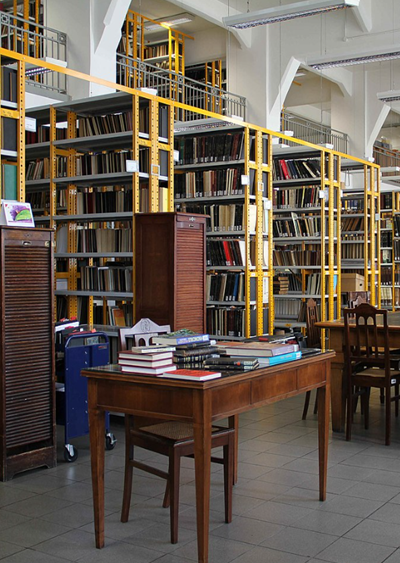
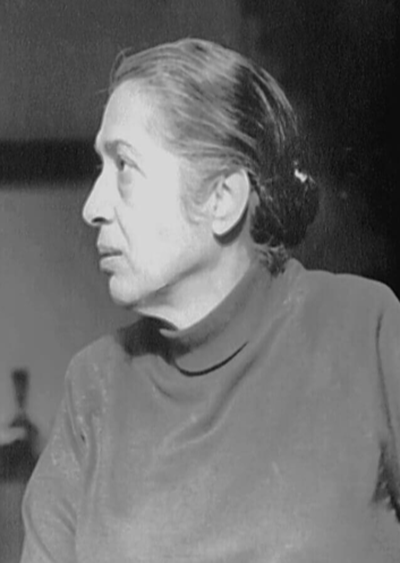
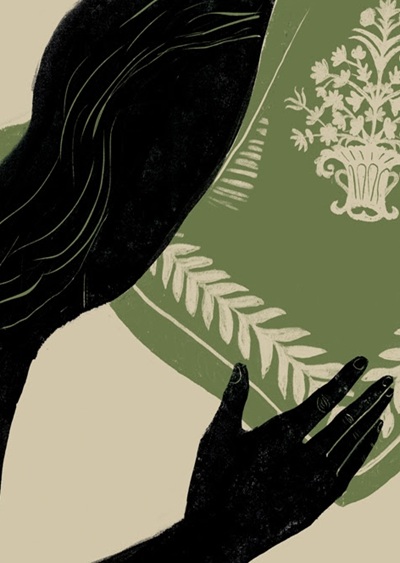


Leave A Comment